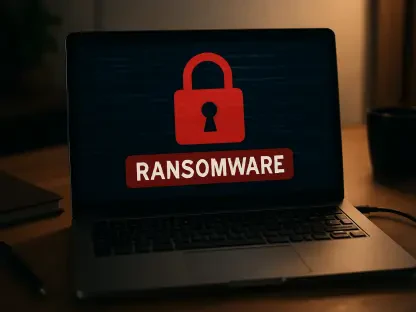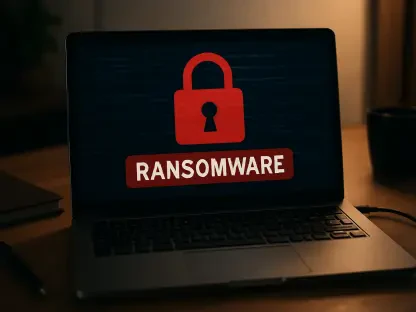Introduction
A single vendor handling nonpublic financial records at scale became a pressure point for the banking system when a third-party breach at real-estate technology provider SitusAMC exposed sensitive corporate data tied to major U.S. financial institutions. The event mattered because vendors like SitusAMC aggregate accounting records, legal agreements, and loan documentation for thousands of clients, creating a broad attack surface beyond bank perimeters. In a climate where attackers favor quiet data theft over disruptive ransomware, the incident underscored systemic risk and the need for real-time oversight of third-party data handling.
Body
Pre-incident — Vendor concentration set the stage
Digitization in the financial sector pushed mortgage and loan workflows into specialized platforms. Efficiency gains came with aggregation risk: compromise of one provider could reveal data from many institutions at once. That concentration turned vendor security into a de facto extension of bank defenses.
Early 2024 — Adversaries pivoted toward quiet data theft
Security leaders reported a clear shift from encryption-based extortion to low-noise exfiltration. Threat actors leaned on stolen credentials, persistence, and stealthy movement, tactics that evade noisy alerts and align with later findings at SitusAMC.
November 12, 2024 — Unauthorized access occurred at SitusAMC
SitusAMC disclosed that a threat actor accessed portions of its systems. Early indications pointed to exposure of corporate client data—accounting records and legal agreements—and potential exposure of customer information tied to those clients. No encrypting malware was involved, reinforcing a data-theft motive rather than an outage play.
Mid-November 2024 — Containment actions and service continuity
The company initiated credential resets, shut down certain remote access, and updated firewalls. Operations stayed online, signaling a hygiene-focused containment approach aimed at blocking further access while preserving client continuity.
Late November 2024 — Client notifications and law enforcement coordination
SitusAMC began notifying affected clients and coordinated with law enforcement. Reporting linked JPMorgan Chase, Citi, and Morgan Stanley as impacted, though the vendor did not publicly name customers. The FBI stated there was no operational impact to banking services.
Late November to December 2024 — Scope validation and forensics
Investigators worked to determine affected products, data categories, and environments, along with attacker identity and pathways. Forensics centered on cataloging exfiltrated datasets, validating access logs, and correlating anomalies with known techniques.
Ongoing — Sector response and third-party risk reviews
Banks and partners launched targeted assessments of vendor access, tightened credential policies, expanded behavioral monitoring at the data layer, and validated compensating controls in real time. Regulators and industry groups signaled stricter baselines and continuous testing across suppliers.
Conclusion
This sequence showed a non-encrypting intrusion, rapid containment with minimal disruption, and exposure affecting marquee banks. Institutions should have hardened third-party oversight by enforcing just-in-time access, strong MFA, and hardware-backed keys for service accounts; deploying data-layer analytics that auto-revoke on deviation; and requiring continuous control validation and attested evidence from vendors. Further reading could have included NIST SP 800-161 on supply chain risk, FFIEC guidance on third-party risk management, CISA advisories on data exfiltration, ISO/IEC 27036 for supplier relationships, and sector playbooks for coordinated incident response and telemetry sharing.









